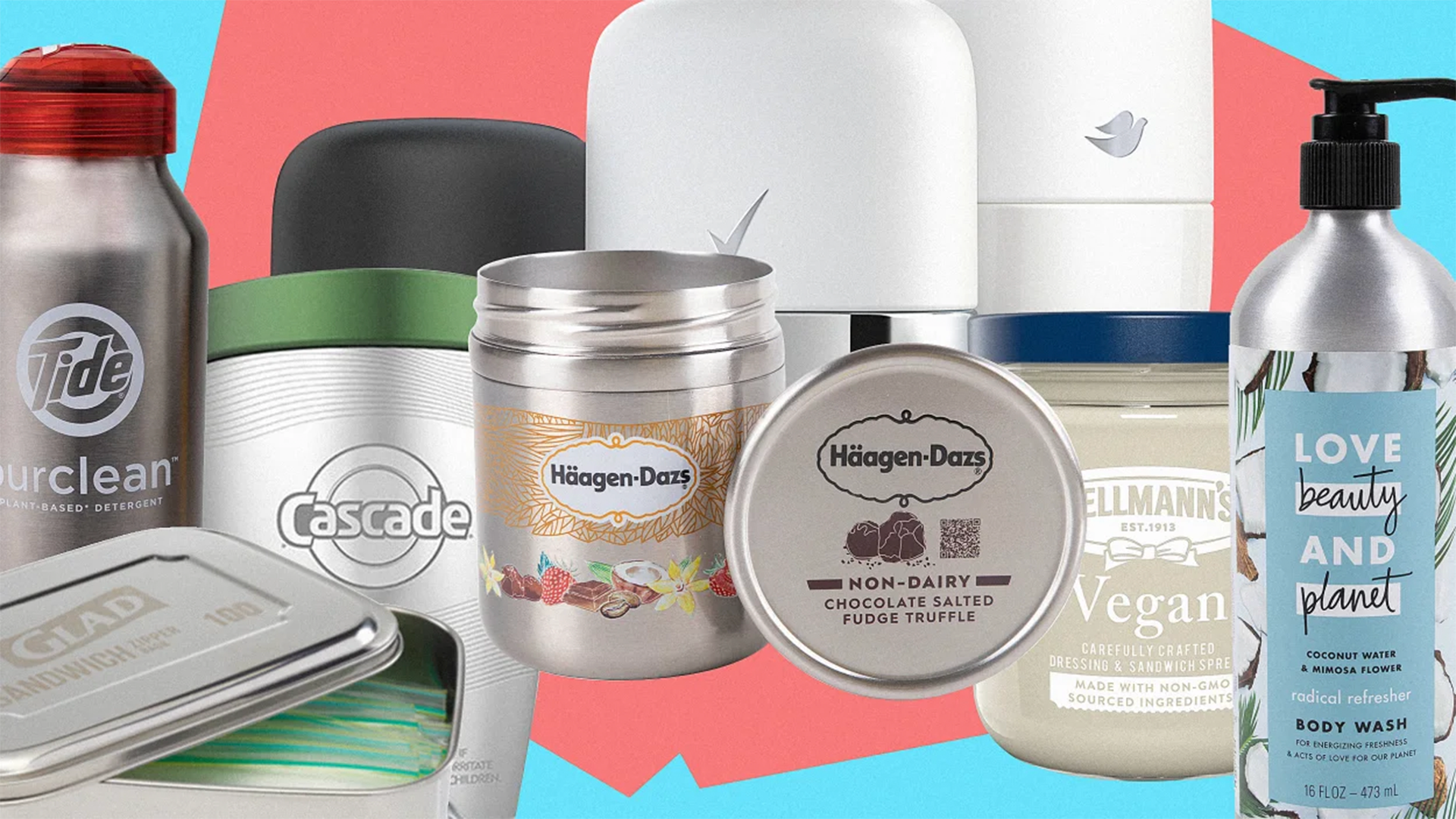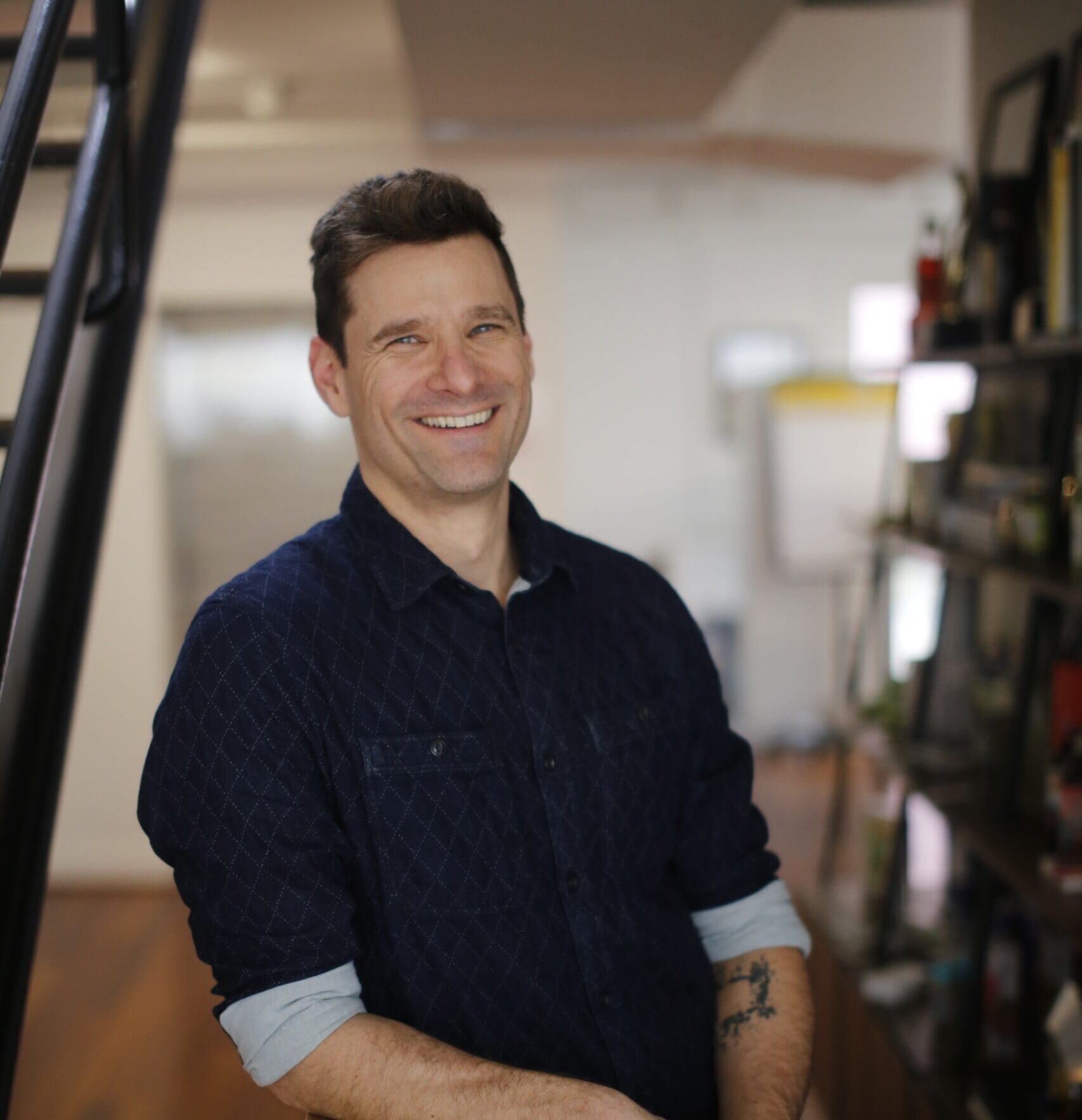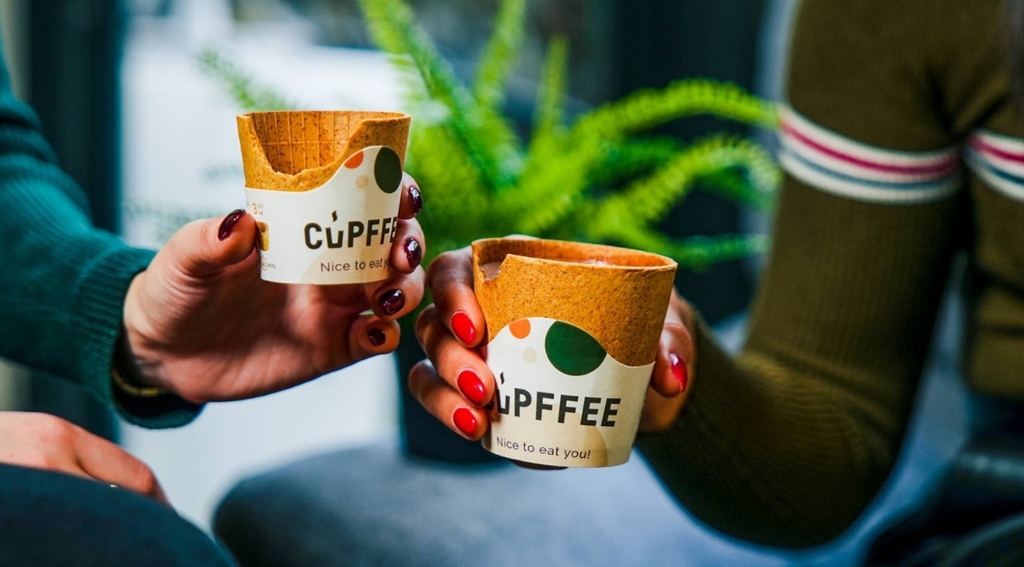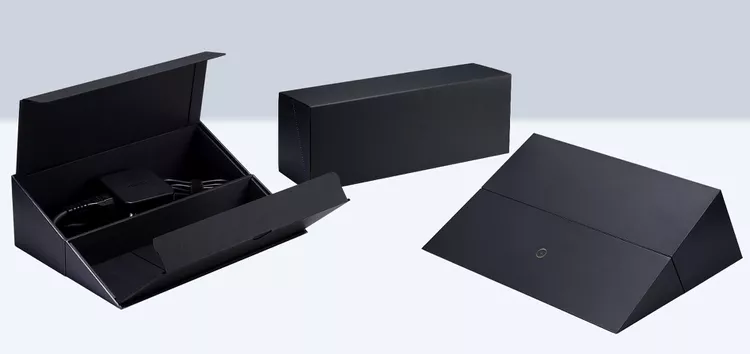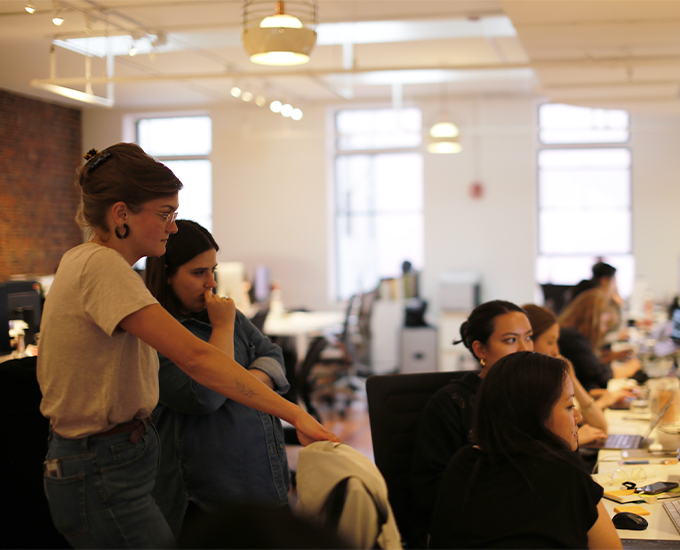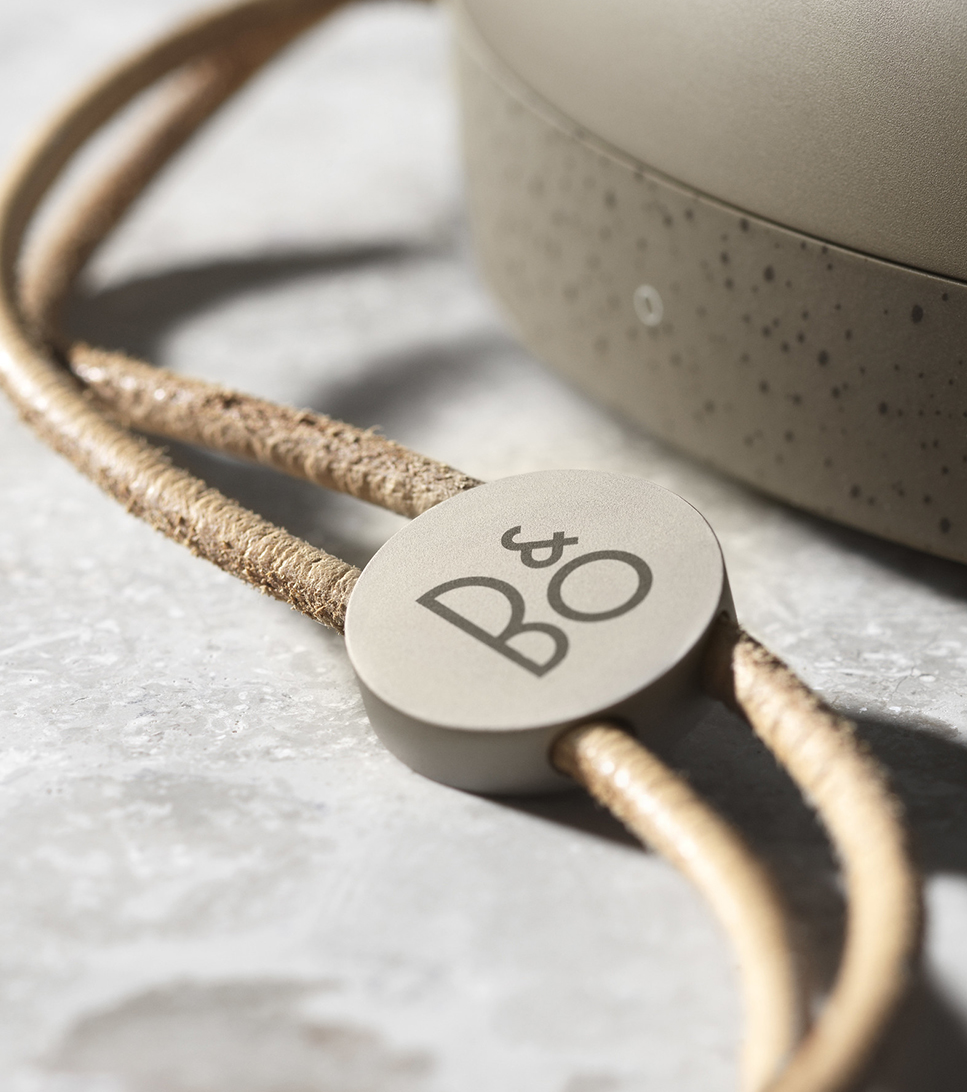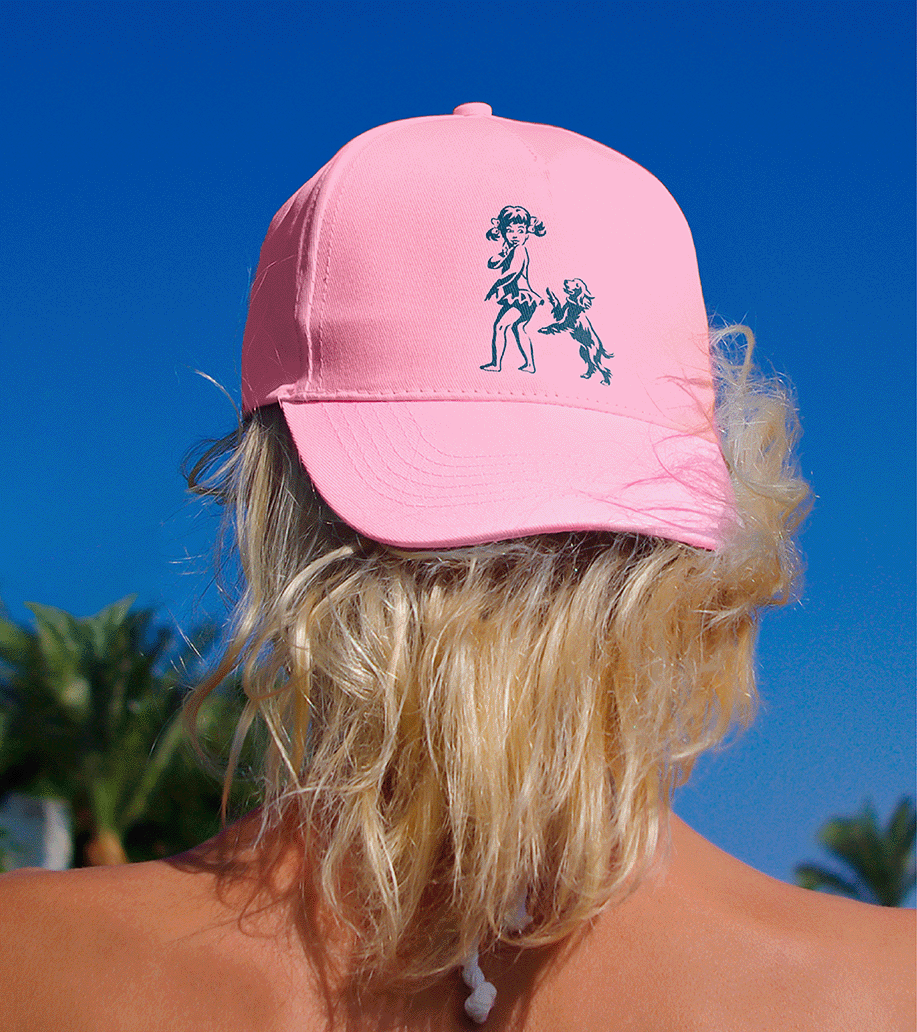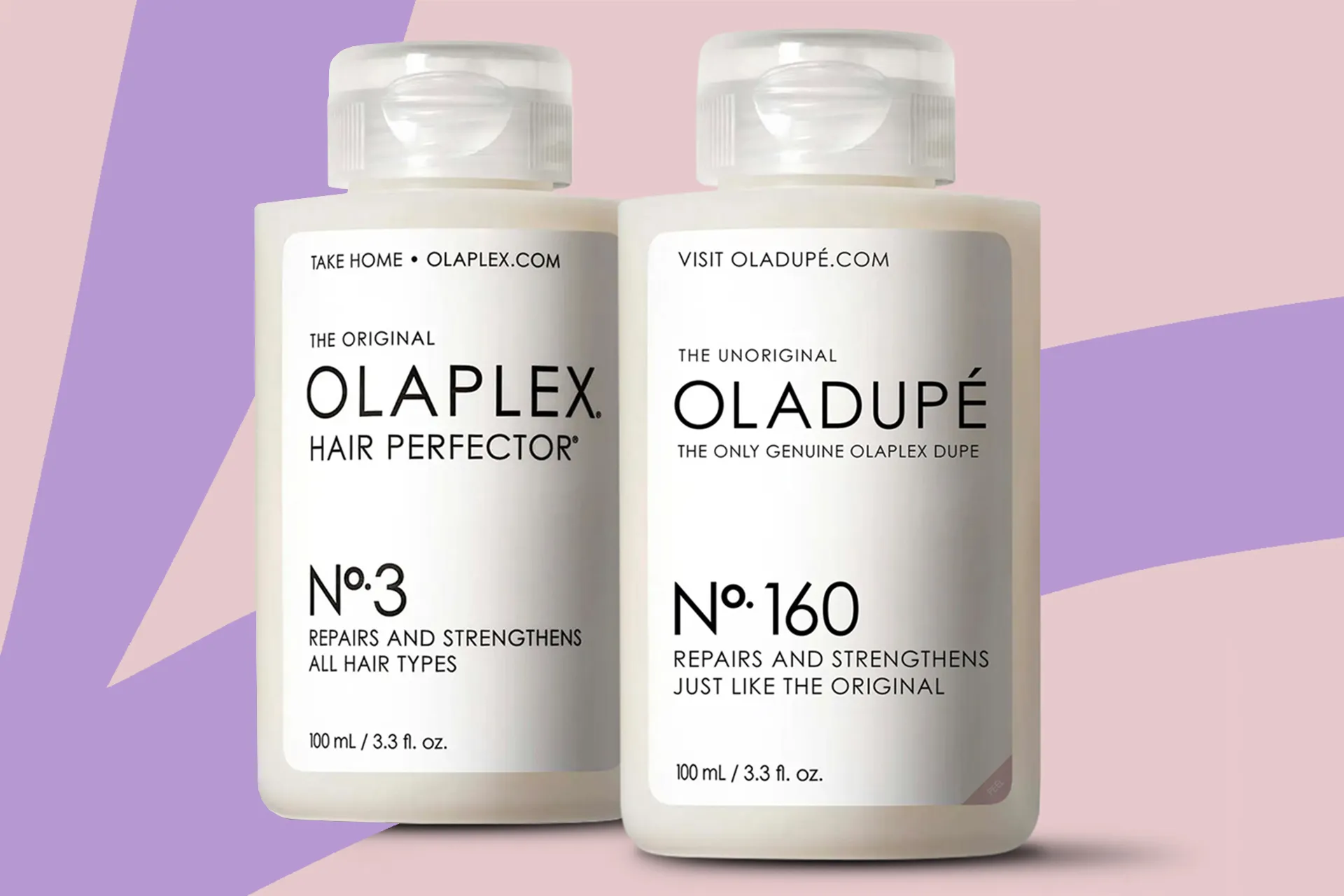Many of us are all too familiar with the fact that only 5-6% of all plastics in the US actually get recycled. And that’s just what we can see in our homes, malls, streets and landfills, with the brands behind the trash still clearly identifiable. The pressure on brands to act sustainably continues to heighten as consumers are ever more aware of the environmental impact of their everyday products. And while this pressure can feel insurmountable at times, even marginal changes can not only make a difference, but make a brand stand out from the crowd.
The good news? The quest for sustainable packaging design is well underway with solutions at every scale for brand leaders to consider as they look to decrease their environmental impact. Pearlfisher’s Director of Sustainability, Ralf Waterfield, outlines five sustainable design themes that he hopes to see more of in 2024:
Refill & Reuse
We’ve seen an influx of brands, particularly in the beauty space, embrace the idea of refillable packaging with over 49% of consumers saying they prioritize it when they shop. Retailers like Sephora now even have a tab on their website dedicated to products that you can shop that utilize refills. Taking it one step further is sustainability leader TerraCycle and their Loop program. Loop utilizes a “Deposit Return System,” where consumers return used packaging to be cleaned and refilled across a variety of product categories — aiming to put an end to throwaway culture while still championing convenience.
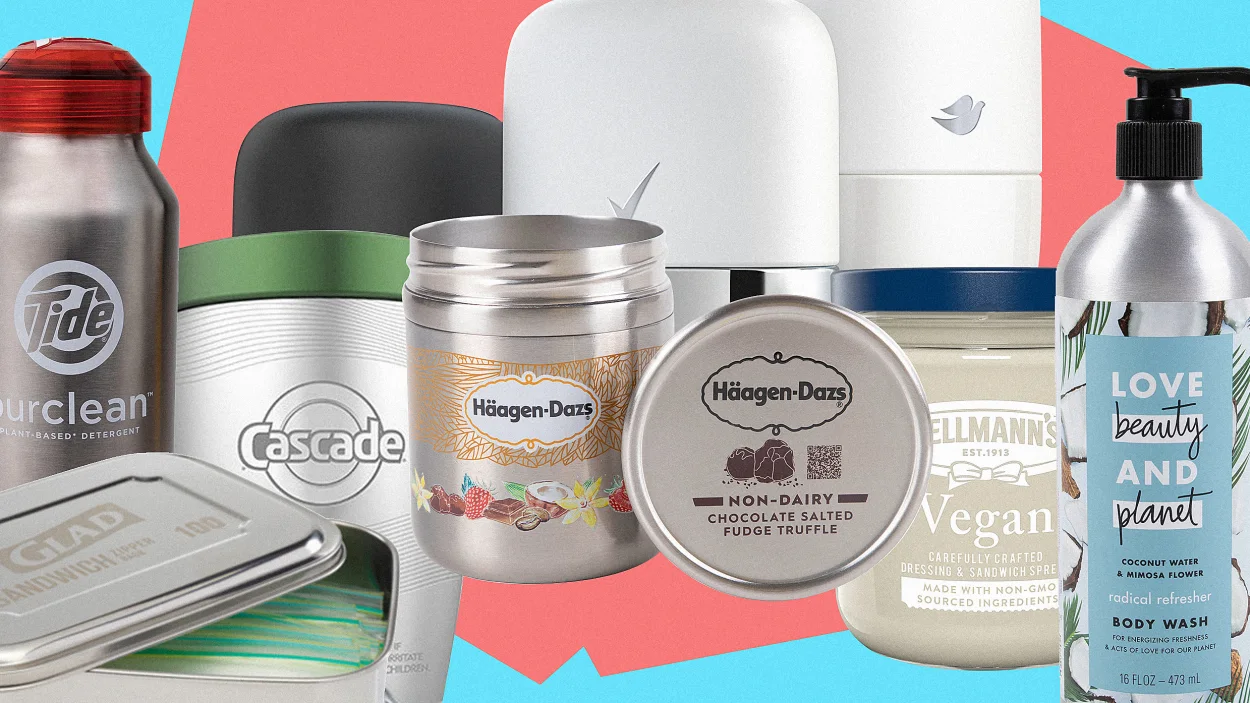
Edible Packaging
Many of us are familiar with the concept of compostable or biodegradable packaging — Earthshot Prize winner Notpla comes to mind as a prime example of this earth-friendly packaging with containers that can “disappear” back into nature. But for when you don’t want to rely on Mother Nature, edible packaging is an emerging option where new players like Cupffee are a shining example of what’s possible.
Circular Manufacturing
It takes a massive and highly coordinated collaboration between pack manufacturers, waste management companies, and governments to make recycling the norm for plastic packaging. Instead, brands can consider taking matters into their own hands a la personal care icon, LUSH. LUSH has effectively been their own packaging supplier for over a decade with their returnable and reusable pack system. They collect materials from customers, then wash, grind and turn them back into new packaging.
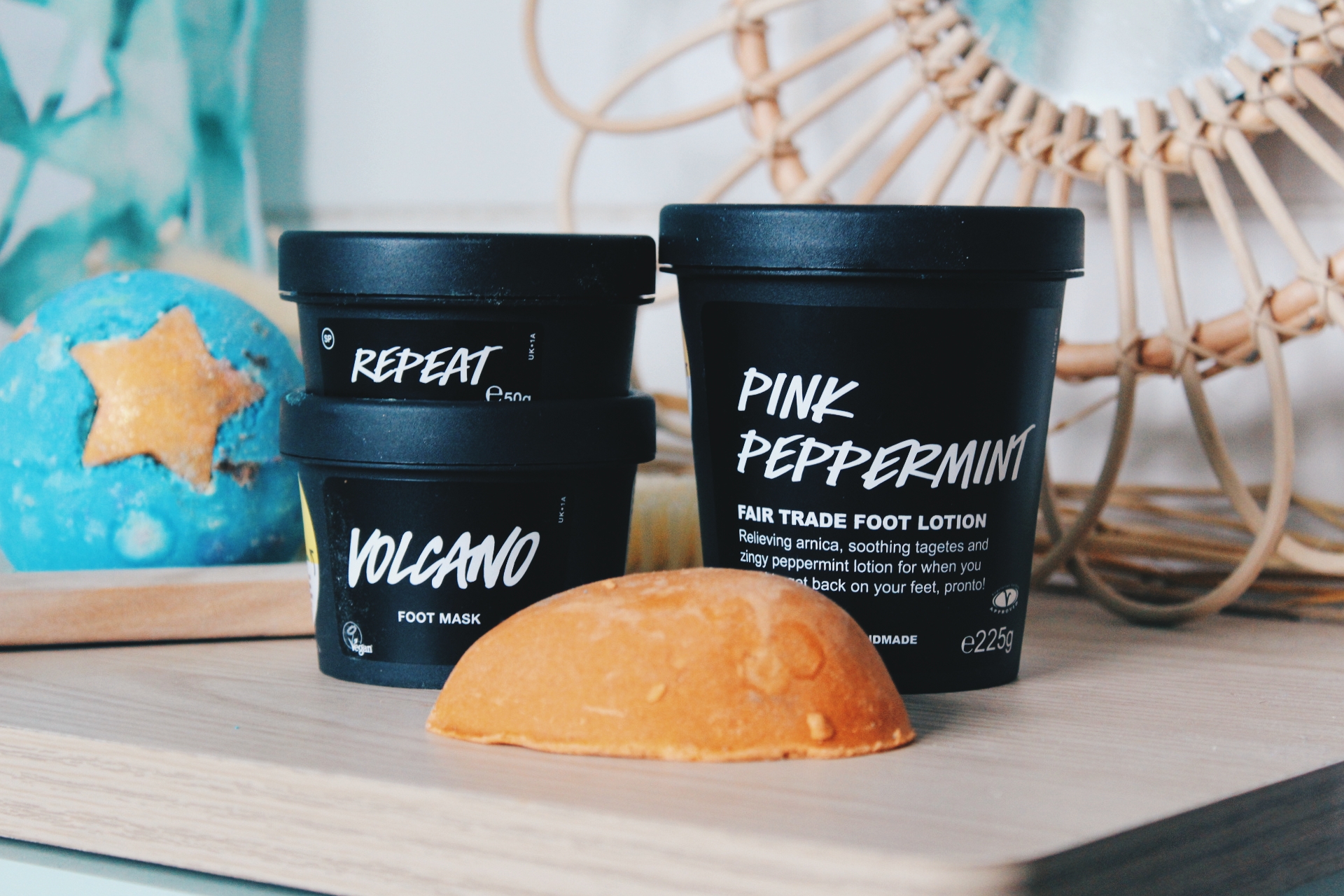
Structural Innovation
Transport is one of the most emission-intense aspects of the supply chain process, so using structural innovation as a way to minimize/maximize space needed for product transportation is a great option to consider when rethinking packaging. Garçon Wines is a fantastic example of this having redesigned the shape of their wine bottle to be “flat” and stackable. While still clearly being a wine bottle, their design is 40% spatially smaller and 87% lighter than your average glass wine bottle, therefore saving space, emissions and other logistics costs during transport.
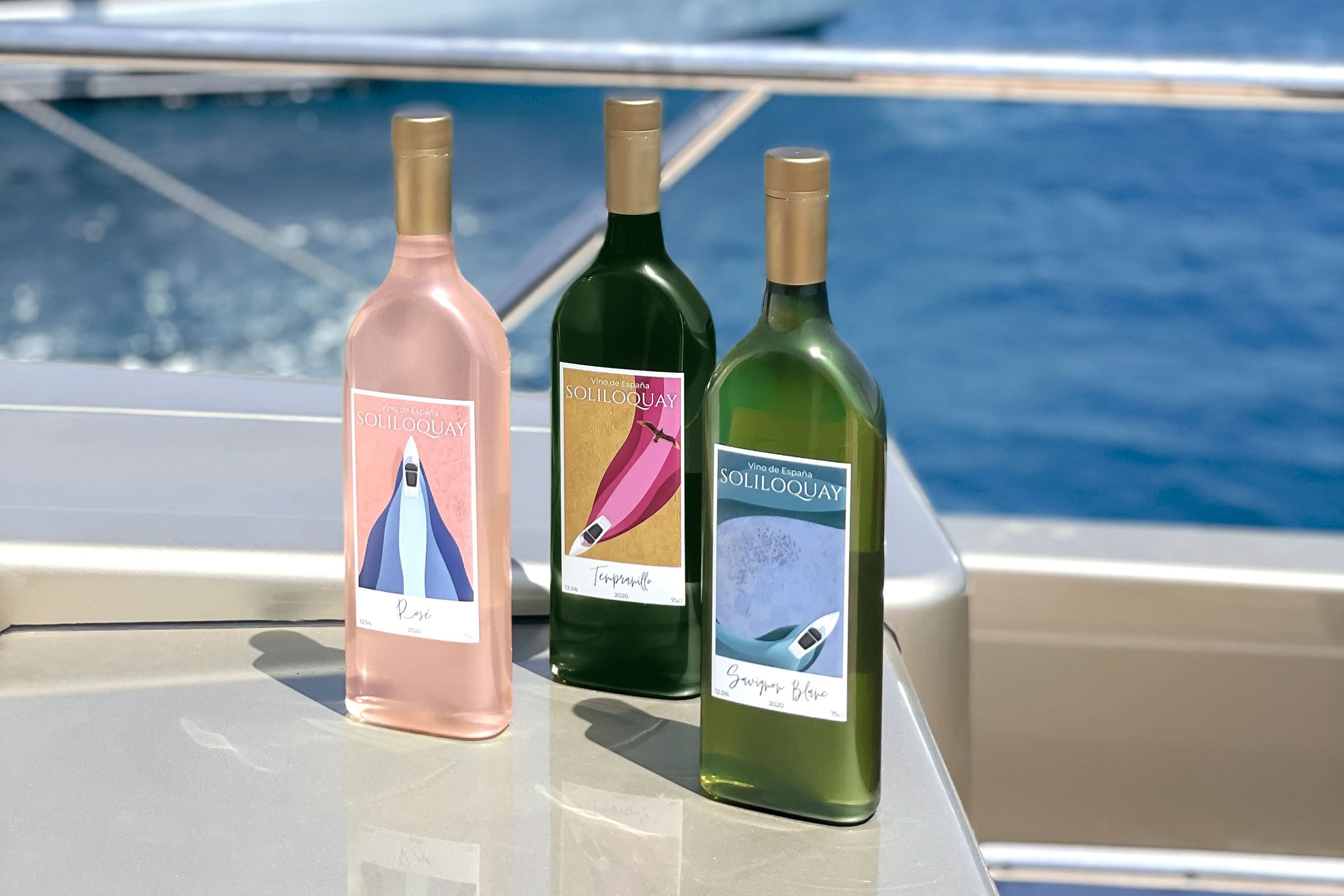
Multifunctional Packaging Systems
Almost all products are wrapped in materials that get thrown out pretty much right after unpacking. In a stroke of genius by their product designers at Kai, they designed the card sleeve of the razor blade to become its handle. ASUS is following the same idea by making the shipping box of its ExpertBook laptops convert into a veritably premium computer stand. These strategies reduce material demand as well as minimize the potential for waste.
The bottom line of sustainable packaging design in 2024 is perhaps more straightforward than most think. Waterfield encourages brands to either:
Keep it – if the packaging needs to stand the test of time to protect or display a product, create a value proposition beyond shelf stand-out that is too beautiful or multifunctional to dispose of.
Consume it – if the packaging serves its purpose pretty quickly, make it so that it can disappear just as easily and safely.
